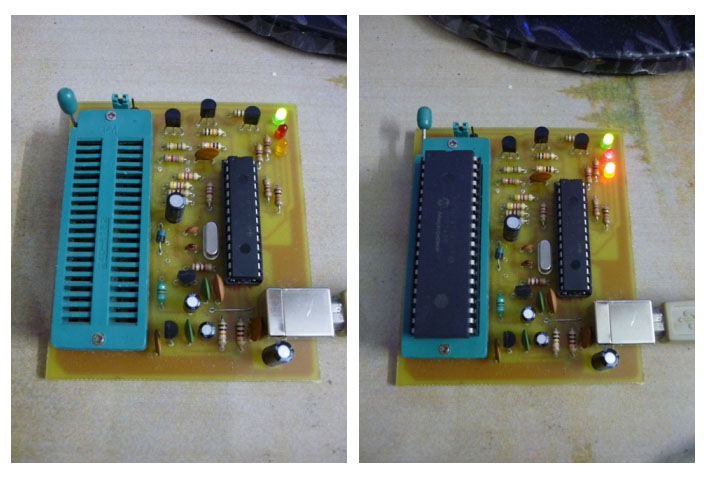BGAmodz
Member
Am planning to make a DIY Pic programmer , the advantage of this one it that there is no need of a "pic18f2550" on board , but the problem is that it has a DB9 connection , can i turn it to usb using a DB9 to usb converter ??? am planning to use it with my laptop .
Please share your ideas
here is the pic programmer :
website link : http://cleanenergy.hubpages.com/hub/DIY-PIC-programmer#

Please share your ideas
here is the pic programmer :
website link : http://cleanenergy.hubpages.com/hub/DIY-PIC-programmer#


